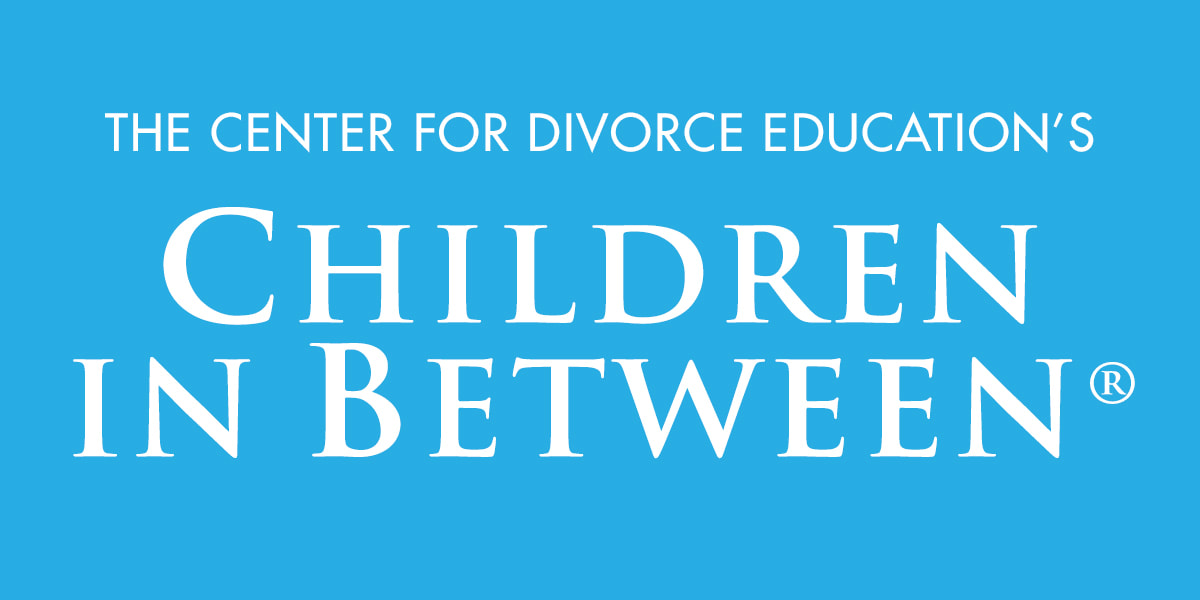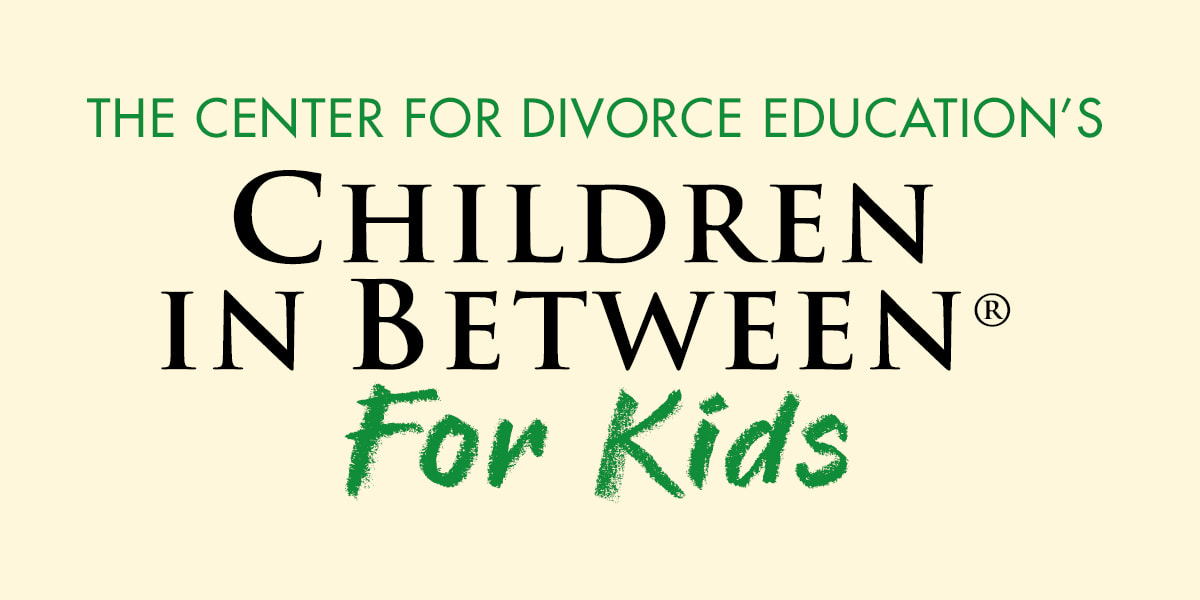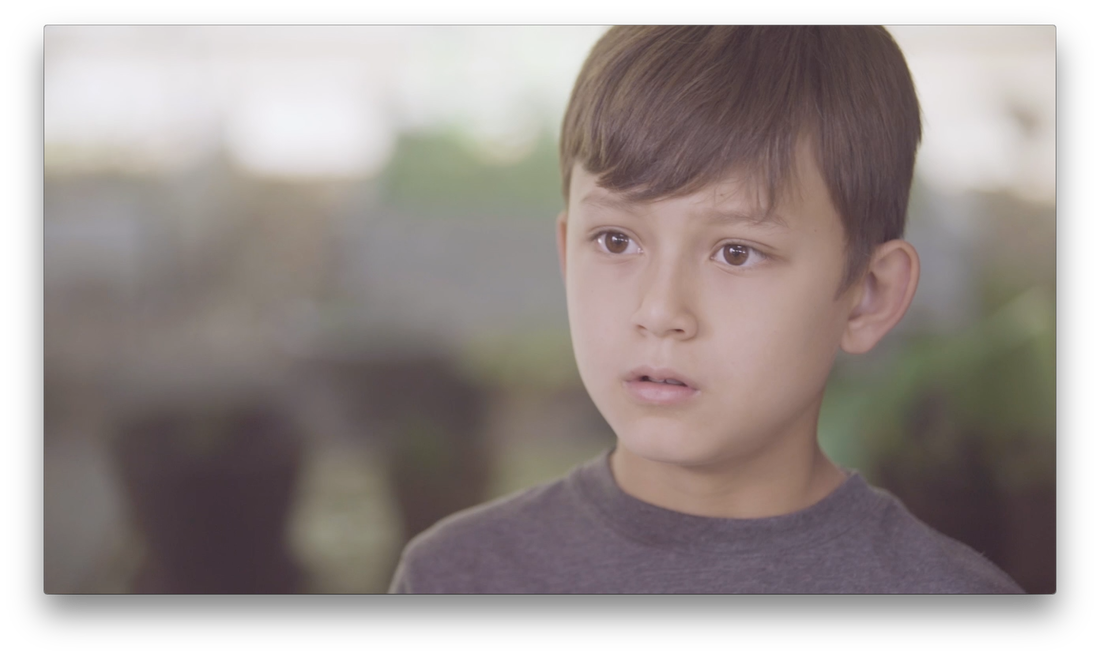Looking for the online class for parents?
Our award-winning programs are now available in a streaming format for instructors to conduct their in-person classes!
Children in Between and Children in Between: For Kids are comprehensive programs that assist professionals in teaching parents and children how to manage the stress of divorce or separation, and to mitigate the negative effects it can have.
The Center for Divorce Education has been offering parenting courses for more than 30 years to divorcing/separating parents and kids. Our courses and resources help parents through family transitions to prevent long-term damage to their children. Our courses have proven positive results for both parents and their children.
The Center for Divorce Education has been offering parenting courses for more than 30 years to divorcing/separating parents and kids. Our courses and resources help parents through family transitions to prevent long-term damage to their children. Our courses have proven positive results for both parents and their children.
Children in Between Streaming |
Children in Between: For Kids |
350 |
300 |
Annual Streaming Subscription |
Annual Streaming Subscription |
4 hour in-person curriculum |
in-person curriculum |
HD Streaming Video |
HD Streaming Video |
English, Spanish, and English Closed Captions |
English, English Closed Captions |
.pdf Discussion Leader's Guide |
.pdf Discussion Leader's Guide |
.pdf Workbooks for use on-screen in class |
.pdf on-screen materials provided |
Printable Certificate Template |
Printable Certificate Template |
Printable Quizzes Provided |
For kids ages 7-14 |
Children In Between and CIB For Kids are skills-based programs that help children and parents deal with the children’s reactions to divorce. Divorcing parents may use their children to manipulate and/or control each other around a variety of personal, social, and financial issues. These tactics increase the stress and anxiety typically experienced by children of divorce and can increase children’s risk for behavior problems, depression, delinquency, substance use, teen pregnancy, school failure and dropout, and suicide. Delivering our programs need no special training or licensing* to implement, and seek to alleviate children’s problems such as:
|
• Loss of concentration and attention
• Declining grades and behavior problems at school • Withdrawal from friends • Emotional outbursts and health problems • Serious anger with one or both parents • Delinquency and substance use |
*To be a court approved provider, you may need court approval or certification.
Parent Workbooks
Order parent workbook packages for your classes!
|
Children in Between
A guide for parents to use themselves and with their children. Contains an overview of the program, Children in Between, as well as additional material and hints for parents who are faced by difficult and conflictual situations involving their children and former partners. Includes exercises for both parents and children to practice new skills. |
|
What About the Children?
A comprehensive guide based on a consensus of findings from research and clinical practice. Focuses on what parents can do to minimize the harmful effects of divorce. Used in the Children in Between program and the High Conflict Solutions program. Contains 12 sections, including the effects of divorce on children (by age and gender), single parenting, new relationships, cohabitation, types of custody, and dealing with the legal system. Includes extensive listing of useful resources for parents, children, and teachers. |
Is your agency or organization thinking about offering one of our programs?
If so, you probably have questions about program content and benefits, as well as how to start teaching these courses.
If so, you probably have questions about program content and benefits, as well as how to start teaching these courses.
-
STEP 1
-
STEP 2
-
STEP 3
-
STEP 4
-
STEP 5
<
>
Step 1- Think about the location and course fee (if any). Also consider how to get parents engaged while taking the course. Many parents are mandated by the court, but many organizations also facilitate the course to parents who may not be court ordered to complete a parenting education program. If the latter is the case, consider offering an incentive to parents who complete the program (a $10 gift card, movie tickets, etc.). Next, decide on your course structure. One session? Two or three sessions (recommended)? How can you best serve the parents in your community?
Step 2- You should review the video content several times, all the way through. The first time through it will be new to you. Through subsequent views, you will be able to focus more directly on the issues discussed and the structure of the program.
Step 3- Thoroughly review the accompanying workbooks.
The course workbooks have written exercises for both parents and their children, and include many topics for in class discussion. "What About the Children?" has practical guidance for parents on how they can minimize the harmful effects of family breakup on their children.
The course workbooks have written exercises for both parents and their children, and include many topics for in class discussion. "What About the Children?" has practical guidance for parents on how they can minimize the harmful effects of family breakup on their children.
Step 4- Think about the schedule of topics and activities for your session(s). While things don't always go according to plan, you should work out a reasonable schedule that you can modify as needed, to guide you during your sessions. Once you have facilitated the class several times, it will become much easier to go through these steps.
Step 5- Promote your class. You can do this in several ways, whether through your own website, contacting your local court to become an approved provider, or simply sharing the option for the parenting class with your local community.
Proven to Work
Children in Between was created by distinguished psychologist Dr. Donald Gordon.
|
Percent Less
Child Reported Stress |
Percent Fewer
School Absences |
Percent Fewer
Doctor Visits |
Out of 10
Parents Recommend |
The Center for Divorce Education has been offering parenting courses for more than 30 years.
Since 1987, more than 400,000 parents have taken our classes either in a classroom setting or online.
Since 1987, more than 400,000 parents have taken our classes either in a classroom setting or online.
What professionals are saying:
Denise M. Mirman, Esq.Chair, Family Law Section, Assocation of Trial Lawyers of America
"Attorneys and judges interested in children would love to have this to show to divorcing parents. Parents in conflict will attend to this much better than merely being told what they need to be doing for their children."
|
Carl Schneider, Ph.D.Mediator and Trainer, Divorce Mediation Institute (Ann Arbor, Michigan)
"What I like about this video is that... it provides practical skill-building that gives both parents and children the ability to handle those difficult, but recurring, moments in divorce... This video is a good one to use both in school divorce programs and in the emerging court-mandated parent education programs around the country."
|
John A. Moran, Ph.D.Clinical Psychologist
Phoenix, AZ "Children In Between sets the gold standard for online parent education programs. Attention grabbing action scenarios, video clips, animations and narration provide multiple approaches to developing skills for the most stressful coparenting problems."
|
About CDE
The Center for Divorce Education is dedicated to helping parents and children deal with the difficult process of divorce and separation. Our parenting class "Children in Between" has been chosen by some of the largest counties throughout the United States as meeting court parenting education requirements. Based on our extensive research, we have developed highly effective methods for reducing the stress of divorce and separation for all parties. Our interactive, skills-based approach has been recognized by experts among the top programs being offered today.








